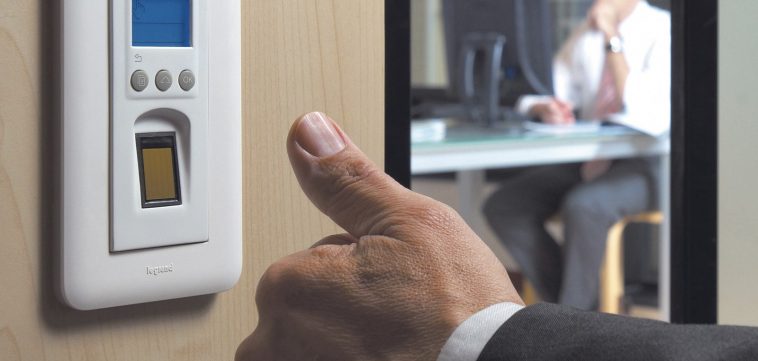Biometrics is an example of a physical security that handles specific access to buildings, computer rooms, and other devices (Merkow & Breithaupt, 2014). A physical security is used to protect assets of an organization to perform continuously even in the event of any possible disaster that causes data breach, leak or loss. Physical security also pertains to the safety of people, organizations properties that prevents and control specific access. Biometrics a Greek word for “life measurements”, is used for the unique identification of people using fingerprint, voice recognition, and iris scan in conjunction with more standard forms of authentication such as fixed passwords and PINs (Merkow & Breithaupt, 2014). Those technologies used in highly secured facilities like research laboratories, government offices, and other enterprise buildings. Some examples of biometric scanners and verification are using facial recognition and signature verification.
The use of fingerprints appears to be the cheapest and most reliable form of biometrics authentication, although techniques such as retina scanning and thermal patterns are currently being developed (Merkow & Breithaupt, 2014). In the recent launch of the new Samsung Note 7, it includes iris scanner which is an added security to enable phone usage without using password or fingerprints.
In a research by Andrew Patrick “Fingerprint Concerns: Performance, Usability, and Acceptance of Fingerprint Biometric Systems”, it shows that the reliability of a biometric control is based on the matching of persons biometric and the device reader (2008). The reliability and speed of the biometric also have limitations and factors, like the characteristics of the human’s body part that is used which deter the scanning process of the device. For example, fingerprints, the dryness and the wetness of the fingers may prevent the scanner to define the lines and ridges of the finger.
However, based on the research that uses Weibull Approach by Robert Brumnik, Iztok Podbregar and Teodora Ivanuša, “reliability and availability show, unequivocally, that biometric technology has an advantage both in practical use and data safety. Not only do usability improvements lead to better, easier-to-use products, they also result in improved user performance and satisfaction as well as substantial cost savings.” (p 15-16).
References
- Brumnik, R., Podbregar, I. & Ivanuša, T. (2011). Reliability of Fingerprint Biometry (Weibull Approach), Biometric Systems, Design and Applications, Mr Zahid Riaz (Ed.), ISBN: 978-953-307-542-6.
- Merkow, M. & Breithaupt, J. Information Security Principles and Practices. 2nd Edition. Indianapolis, IN: Pearson Prentice Hall.
- Patrick, A. (2008). Fingerprint Concerns: Performance, Usability, and Acceptance of Fingerprint Biometric Systems. Retrieved from http://www.andrewpatrick.ca/essays/fingerprint-concerns-performance-usability-and-acceptance-of-fingerprint-biometric-systems/



1 Comments
Leave a Reply